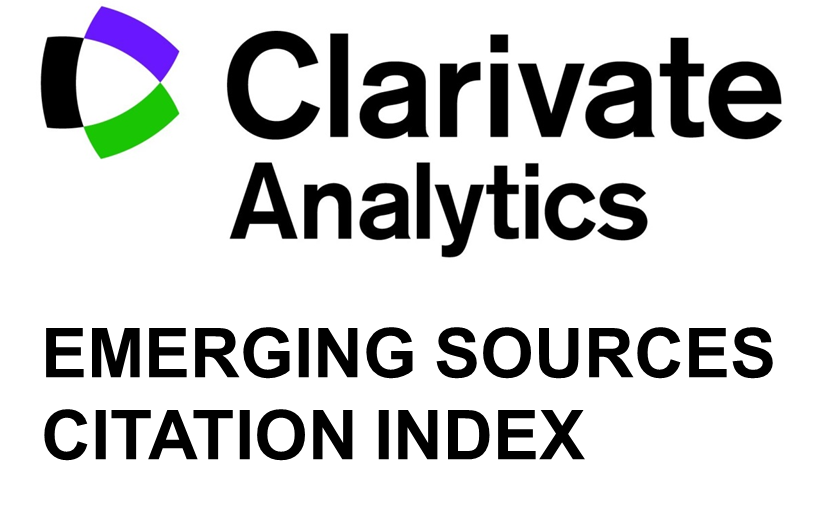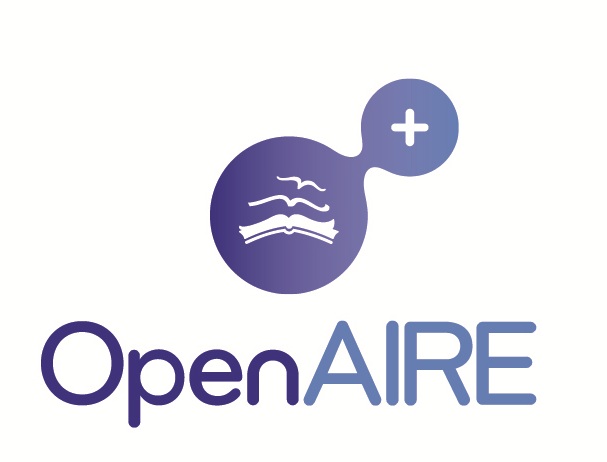Enhanced Luminous Efficacy of White LED with Flat Dual-Layer Remote Phosphor Structure
Phung Ton That, Nguyen Thi Phuong Loan, Nguyen Doan Quoc Anh, Anh-Tuan Le
DOI: 10.15598/aeee.v18i2.3441
Abstract
This paper shows the differences in luminous fluxes of two distinguishing dual-layer remote phosphor structures, Flat Dual-Remote Phosphor (FDRP) and Concave Dual-Remote Phosphor (CDRP). The impact of the distance between the two phosphor layers (d_1) and the distance from the phosphor layer to the LED surface (d_2) on the optical properties of the CDRP is also presented. Specifically, when d_1 and d_2 are varied, the scattering and absorption characteristics of the remote phosphor layer change dramatically, which enormously influences the color uniformity and illumination capability of WLEDs. The concentration of YAG:Ce3+ phosphor also needs to be modified so that the correlated color temperature of WLEDs could be maintained at 8500K when d_1 and d_2 are adjusted. In case d_1 = d_2 = 0, the scattering and absorption in the remote phosphor layer are minimal, leading to the infinitesimal color and luminous flux. When d_1 and d_2 get bigger, the scattering surface increases and that the blue and yellow rays are blended becomes more uniform, leading to the minimum white light deviation as well as the lowest luminous flux. According to the studied results, the lumen output can be maximum at 1020lm if d_1 = 0.08mm or d_2 = 0.63mm while the smallest color deviation occurs when d_1 = 0.64mm or d_2 = 1.35mm. Therefore, the researched results will provide further information for choosing the suitable d_1 and d_2 in order to improve the quality of WLEDs.






















